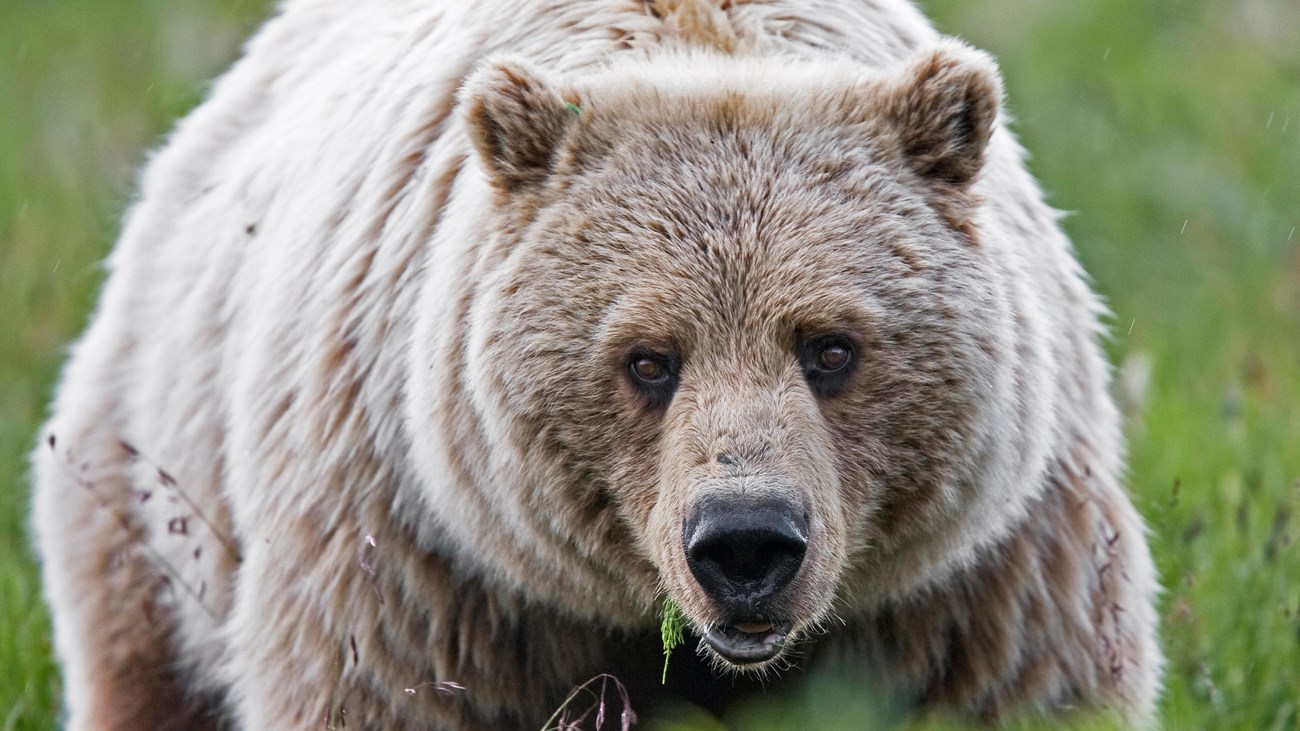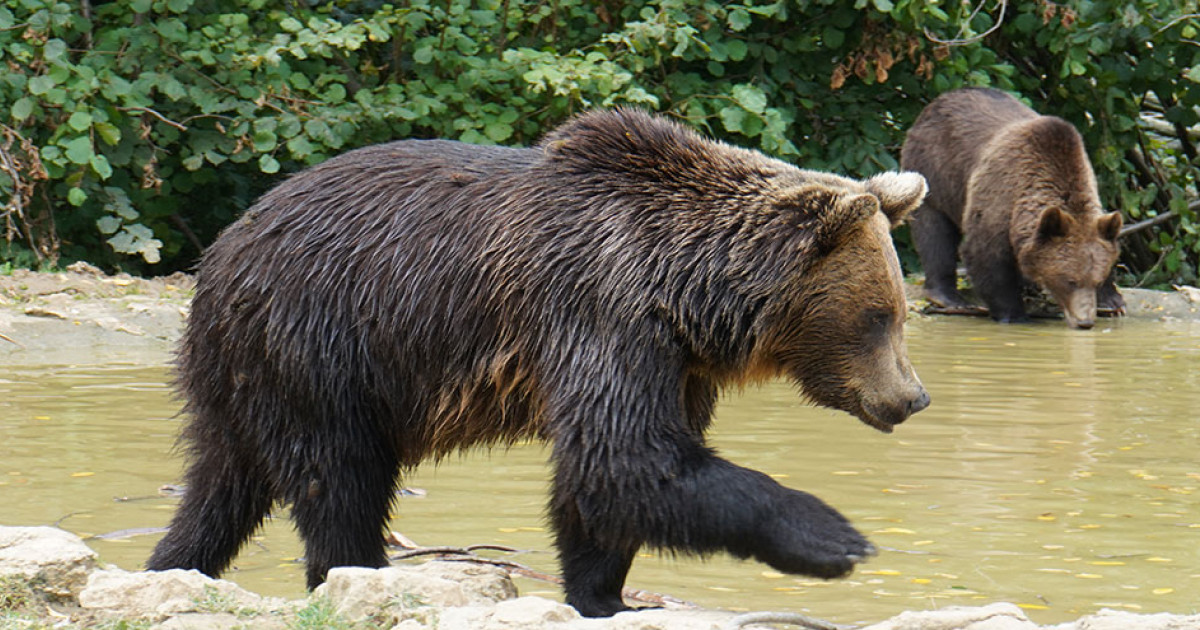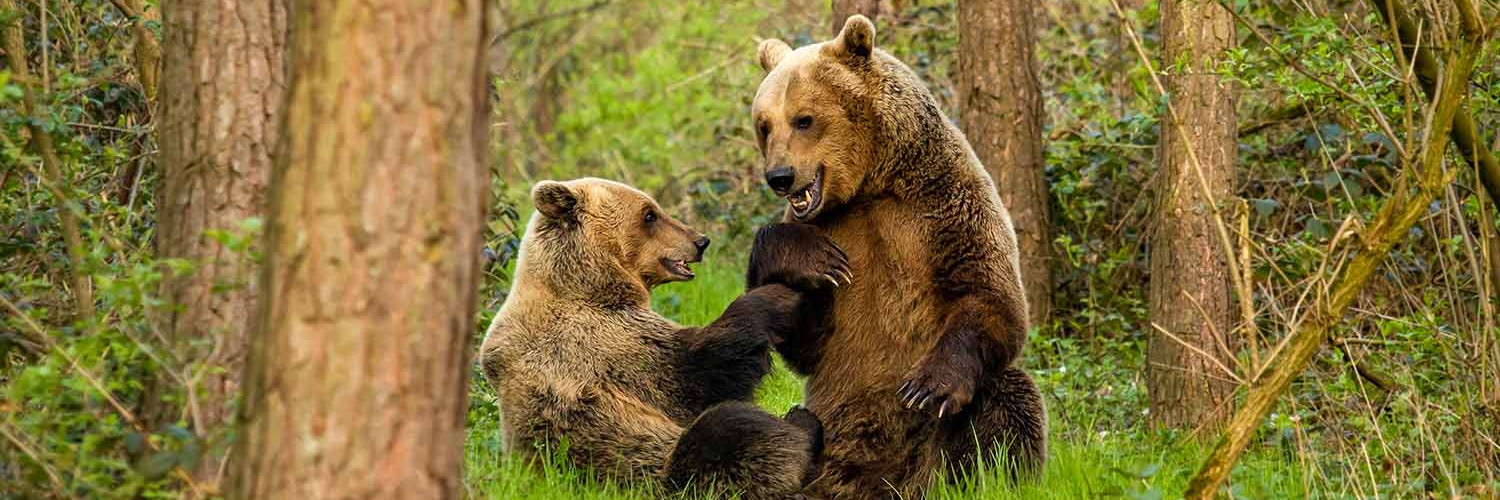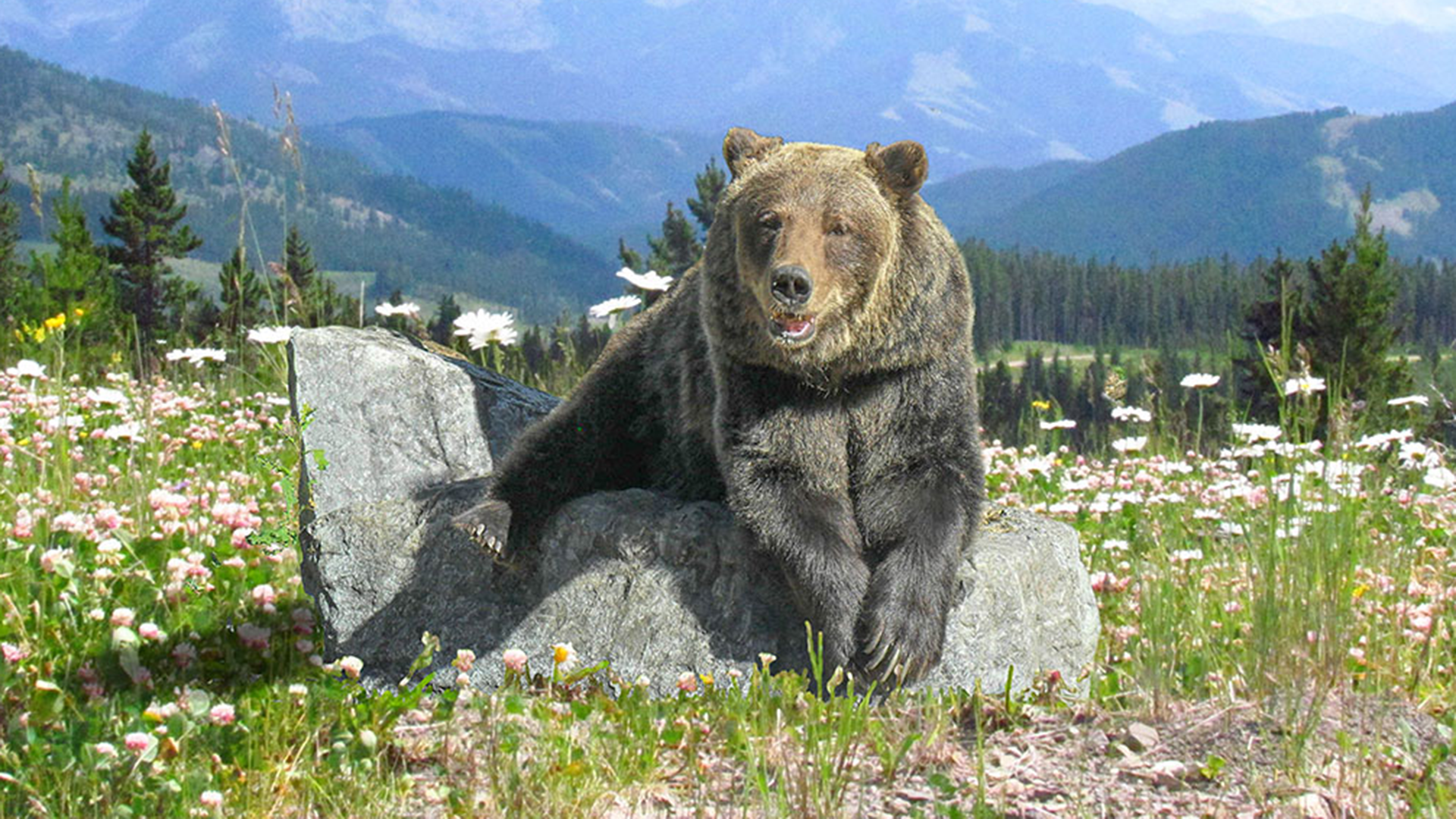Understanding Bears: From Ecology to Conservation
Introduction:
Bears have captured the human imagination for centuries. From folklore and mythology to modern conservation efforts, these charismatic megafauna play a significant role in ecosystems worldwide. This essay delves into the ecology, behavior, and conservation challenges facing bears today, highlighting their importance and the need for concerted efforts to protect them.
Ecology of Bears:
Bears belong to the family Ursidae and are found across various continents, including North America, Europe, and Asia. There are eight species of bears, each adapted to different habitats and exhibiting unique behaviors. From the iconic grizzly bear of North America to the elusive sloth bear of Asia, bears have diversified to occupy a range of ecosystems, including forests, tundra, and mountains.
Behavior and Social Structure:
Bears display a wide range of behaviors, influenced by factors such as habitat, food availability, and social structure. While some species, like the polar bear, are largely solitary, others, such as the American black bear, exhibit more social behaviors. Bears communicate through vocalizations, body language, and scent marking, with each behavior serving specific purposes, such as mating, territorial defense, or establishing dominance.
Diet and Foraging Behavior:
Bears are omnivores, with diets varying depending on the species and habitat. While some, like the polar bear, primarily feed on seals and other marine mammals, others, such as the spectacled bear of South America, consume mostly vegetation. Bears are opportunistic foragers, capable of exploiting a wide range of food sources, including fruits, nuts, insects, and small mammals. This dietary flexibility is crucial for their survival, especially in environments where food availability fluctuates seasonally.
Reproduction and Life History:
Bears have relatively slow reproductive rates compared to other mammals of similar size. Most species reproduce via delayed implantation, where fertilized eggs remain dormant in the female's uterus until conditions are optimal for pregnancy. Cubs are born small and helpless, relying on their mother for warmth, protection, and nourishment. Maternal care plays a crucial role in the survival of bear cubs, with mothers investing significant time and energy in raising their offspring.
Conservation Challenges:
Despite their iconic status, bears face numerous threats to their survival. Habitat loss, poaching, human-wildlife conflict, and climate change are among the primary challenges confronting bear populations worldwide. Deforestation, urbanization, and industrial development encroach upon bear habitats, fragmenting landscapes and limiting access to food and shelter. Illegal hunting and poaching for body parts, such as bear bile and gallbladders, further exacerbate population declines.
Human-Bear Conflict:
As human populations expand into bear territories, conflicts between humans and bears escalate. Bears may raid crops, livestock, and beehives in search of food, leading to retaliatory killings by farmers and ranchers. Encounters between bears and humans also pose risks to public safety, especially in areas where bears habituate to human presence and lose their fear of people. Effective strategies for mitigating human-bear conflict include habitat conservation, education, and the implementation of non-lethal deterrents.
Climate Change:
Climate change poses a significant threat to bear populations, particularly those adapted to polar and alpine environments. Melting sea ice in the Arctic deprives polar bears of essential hunting grounds, forcing them to travel longer distances in search of food. Rising temperatures also impact food availability for bears in temperate and tropical regions, disrupting seasonal patterns and reducing the abundance of key food sources, such as salmon and berries.
Conservation Efforts:
Efforts to conserve bears involve a combination of habitat protection, law enforcement, community engagement, and scientific research. Protected areas, such as national parks and wildlife reserves, provide essential refuges for bears and other wildlife, safeguarding their habitats from development and exploitation. Conservation organizations work with local communities to promote coexistence and develop sustainable livelihoods that reduce dependence on natural resources.
Bears occupy a unique place in ecosystems and human culture, serving as indicators of environmental health and biodiversity. As apex predators and keystone species, bears play critical roles in maintaining ecosystem balance and functioning. However, they face numerous threats, including habitat loss, poaching, and climate change, which require urgent attention and concerted action. By addressing these challenges and implementing effective conservation strategies, we can secure a future where bears thrive in the wild for generations to come.
Furthermore, the conservation of bears not only benefits the species itself but also has broader ecological implications. Bears are ecosystem engineers, shaping their environments through activities such as foraging, digging, and seed dispersal. By creating disturbances in the landscape, bears influence vegetation dynamics, soil composition, and nutrient cycling, thereby enhancing biodiversity and ecosystem resilience. One notable example is the role of bears in seed dispersal. Bears consume a variety of fruits and berries, often traveling long distances before depositing seeds in their feces. This dispersal mechanism helps to regenerate plant communities and maintain genetic diversity within forest ecosystems. Additionally, bears contribute to nutrient cycling by scavenging carcasses and redistributing nutrients across the landscape through their movements.
One notable example is the role of bears in seed dispersal. Bears consume a variety of fruits and berries, often traveling long distances before depositing seeds in their feces. This dispersal mechanism helps to regenerate plant communities and maintain genetic diversity within forest ecosystems. Additionally, bears contribute to nutrient cycling by scavenging carcasses and redistributing nutrients across the landscape through their movements.
In coastal ecosystems, bears play a crucial role in nutrient transfer between marine and terrestrial environments. Species such as the grizzly bear and the Kodiak bear rely heavily on salmon as a food source during the spawning season. After feeding on salmon, bears transport nutrients from the rivers to the surrounding forests, where they fertilize the soil and support the growth of plants and trees. This nutrient subsidy not only benefits the bears themselves but also enhances productivity in riparian and terrestrial habitats.
Furthermore, bears exert top-down control on prey populations, regulating herbivore abundance and distribution. By preying on ungulates such as deer and elk, bears help to prevent overgrazing and maintain vegetation structure and diversity. In turn, healthy plant communities support a multitude of other species, including insects, birds, and small mammals, forming complex food webs and ecological relationships. The conservation of bears thus extends beyond the species itself to encompass the entire ecosystem. Protecting bear habitats and populations not only ensures the survival of these iconic animals but also preserves the ecological processes and functions they facilitate. By recognizing the intrinsic value of bears and their role in maintaining healthy ecosystems, we can foster greater support for conservation efforts and promote a more sustainable coexistence between humans and wildlife.
The conservation of bears thus extends beyond the species itself to encompass the entire ecosystem. Protecting bear habitats and populations not only ensures the survival of these iconic animals but also preserves the ecological processes and functions they facilitate. By recognizing the intrinsic value of bears and their role in maintaining healthy ecosystems, we can foster greater support for conservation efforts and promote a more sustainable coexistence between humans and wildlife.
In conclusion, bears are more than just symbols of wilderness and strength; they are integral components of ecosystems worldwide. From their ecological roles as apex predators and ecosystem engineers to their cultural significance and intrinsic value, bears embody the interconnectedness of life on Earth. As stewards of the planet, it is our responsibility to protect and conserve these magnificent animals for future generations. Through collaborative conservation efforts, we can ensure that bears continue to roam the wild, enriching our lives and the natural world for years to come.


































